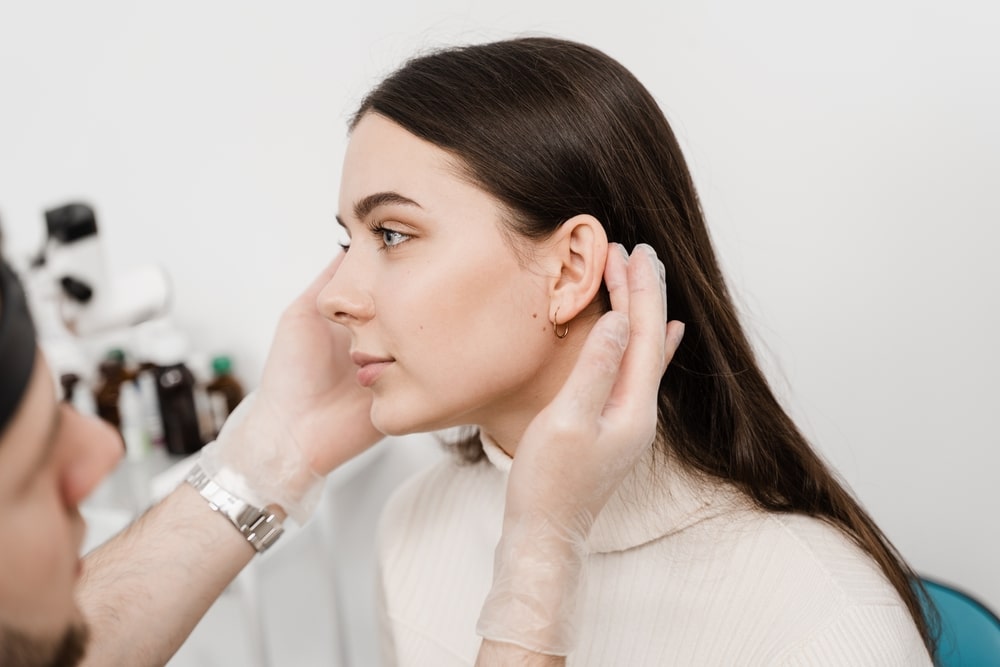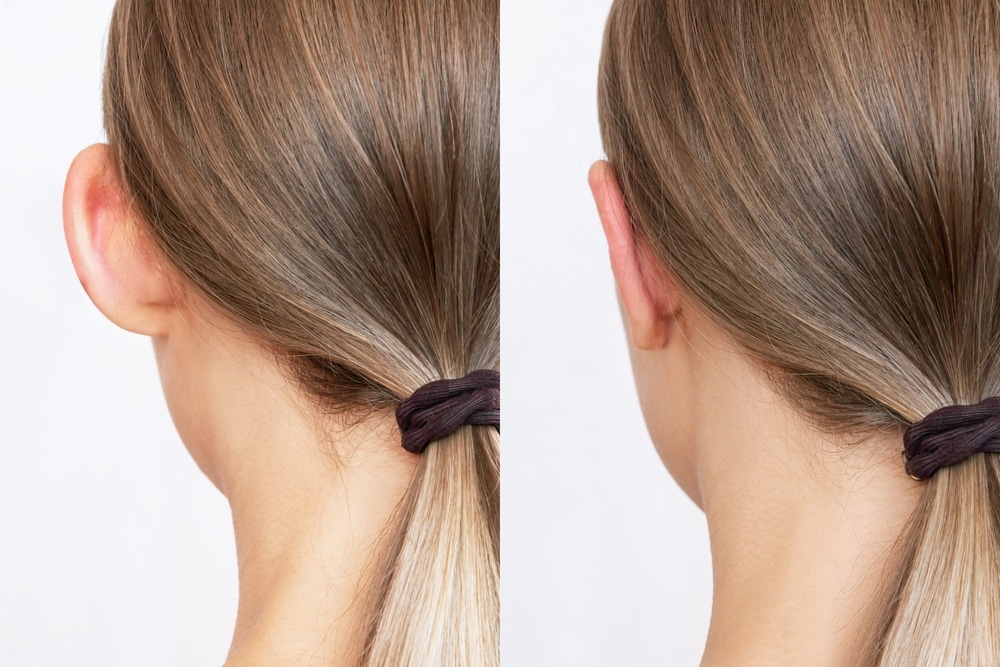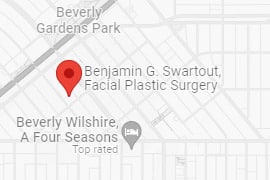Ever wondered how to guarantee a good recovery following an otoplasty operation? This page will offer you essential techniques for good post-operative treatment. From your first week to track ear shape and cartilage, this page provides you a thorough guidance on what you need to know to maximize healing and recovery.

Explaining the Otoplasty Procedure
An otoplasty is a surgical operation whereby one or both ears are reshaped to meet aesthetic and cosmetic objectives. Incision lines created in the skin behind the ear during this plastic surgery let cartilage be altered and tissue be repositioned. This operation can also include ear pinning or reduction of prominent ears according to the patient’s particular need. Although everyone recovers differently, usually two weeks is needed before you may resume your regular activities after otoplasty surgery. Discuss your aesthetic goals with a trained plastic surgeon during a first consultation before having any kind of cosmetic ear surgery.
Immediately After Otoplasty Surgery: Making the First Week Successful
The recovery process depends much on the first week following surgery. The surgeon binds and compresses the ears right after otoplasty to stabilize them. For protection, you will want to cover the ears with a wide headband. To reduce any discomfort, your facial plastic surgeon will provide painkiller prescriptions.
Although this time is marked by higher hair sensitivity, it is nevertheless crucial to keep the headband in place. The first week after surgery depends much on how these bandages are handled under the surgeon’s direction. Usually, a facial plastic surgeon will give clear post-operative guidelines.
Setting the conditions for your recovery depends critically on these actions and you’re following them. If you follow these guidelines carefully, the healing process will be much accelerated. Remember that the general outcome of the otoplasty surgery depends much on the first week following surgery.

Managing Pain and Comfort in the Second Week of Recovery
Two weeks following surgery, pain management becomes crucial since healing processes are still in progress. For some comfort and protection of your incisions, think about wearing a wide headband. This approach can surprise work. Moreover, lots of pillows boost your recuperation by creating a cozy space fit for healing and by helping to reduce leftover pain.
Recall that the second week is still vital; hence, pay attention to your body and keep giving rest a priority. Use these ideas and practice good pain management to guarantee a seamless second week of healing.
Addressing Physical Activity and Dietary Needs After Otoplasty Surgery
To gradually resume routine activities, otoplasty surgery is necessary. This reduces possible complications and guarantees good healing. For at least one week after surgery, avoid rigorous exercise even if you would feel excellent. A slow initiation of physical exercise will help to prevent too much strain or little bandage snags.
One should simultaneously maintain a good diet and drink enough water. Choose softer food if you notice discomfort in jaw motion. Eating well, avoiding alcohol, and consistently drinking water will help one on the road towards a good recovery. A good diet promotes general healing, helps control side effects from drugs, and keeps constant energy levels.
Monitoring Ear Shape and Cartilage During Recovery
Part of the post-operative process is closely observing ear form and cartilage throughout cosmetic surgery recovery. Careful observation of ear cartilage is necessary to guarantee it is in its proper place and that the facial features match desired ones. The surgeon will visit the surgical sites for indications of ear edema or discoloration a few days following surgery. During the period of reshaping surgical recovery, the patient should also keep an eye on their ears for changes in form.
Following a rigorous schedule of aftercare advice provided by their doctor will help patients avoid any difficulties and guarantee a flawless recovery. This covers avoiding strain-inducing activities like exercising or carrying heavy things and applying cold compresses on surgery sites to lower swelling and inflammation. Eating wholesome foods that assist wound healing and drinking lots of water can help to achieve the best healing during this period. Additionally crucial is keeping follow-up visits with your doctor to enable thorough monitoring of the healing process.

Secure Your Safe Procedure Experience with Dr. Swartout
Join our satisfied clients who’ve experienced safe, effective treatments.
Prevention of Scarring and Risks in Post-Surgery Period
Patients who want to reduce their risk of scars from surgery must guarantee a good period of recovery. Scarring can be less likely if one follows medical guidance closely, routinely cleans the wound, and promotes a suitable environment for recovery using good care after surgery. Good monitoring and early observation of any anomalies help to reduce the hazards connected with the postoperative period. This careful approach during the healing process guarantees a good post-operative path with the least scarring.
Maintaining Healthy Ear Hygiene throughout Recovery Process
A major component of the healing process following ear surgery is appropriate ear cleanliness. Maintaining clean stitches, using antibiotic ointment sensibly, and controlling hair around the ear canal help to prevent any problems compromising a good recovery. Ice packs should also be used by patients to reduce swelling and pain. Following these rules helps patients guarantee the best outcome and keep great ear hygiene all through their recovery process.
Final Stages of Recovery Process: Recapping Essential Aftercare Tips
Understand that the effective recovery process depends on doing as advised by your surgeon. Patients should stay away from extremes of temperature and heat. Till your facial plastic surgeon gives the all-clear, avoid contact sports and protect your skin and hair from the sun. Follow-up appointments with your surgeon are not only formality; they are essential stops on your road to recovery.
Cosmetic operations like otoplasty call for letting the body heal at its speed and course. Thus, obtain enough sleep, stay away from demanding activities, and postpone hair care routines that could aggravate your ears. Keep on with life and take the required actions to guarantee effective and favorable recuperation.
If you are considering or have undergone Otoplasty surgery or Incisionless Otoplasty, seeking the right physician’s advice is crucial. Dr. Benjamin Swartout, an expert in the field, is equipped to guide you through the process. He will provide significant insights on how to ensure successful recovery based on his vast experience. Seeking a consultation with him is the best choice.

